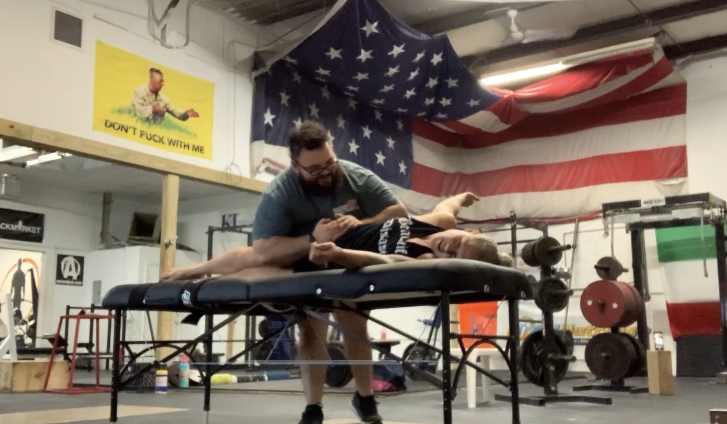Table of Contents
Introduction of PNF Patterns:
Welcome to our blog post on PNF patterns Fascial Stretch Therapy (FST) and its incredible benefits for mobility and flexibility. In this article, we’ll explore how FST sessions can include Proprioceptive Neuromuscular Facilitation (PNF). PNF patterns upper extremity stretching to take your body’s range of motion to new heights.
What is Fascial Stretch Therapy (FST)?
Fascial Stretch Therapy (FST) is a cutting-edge approach to bodywork that specifically focuses on the fascia, which is the connective tissue enveloping muscles, joints, and organs. The technique involves assisted stretching by a trained therapist to target and manipulate the fascia, promoting increased flexibility and mobility throughout the body.
During an FST session, the therapist applies gentle, sustained traction on the fascia while guiding the client through a series of movements. This helps to elongate and release any restrictions or adhesions within the fascia, resulting in an improved range of motion, reduced muscle tension, and increased overall body function.
FST is often sought after by athletes, individuals with chronic pain or restricted mobility, and those looking to optimize their physical performance. The method not only enhances flexibility but also aids in injury prevention, as it can help improve tissue health and reduce the risk of strains or tears in muscles and joints.
Additionally, Fascial Stretch Therapy may be incorporated into rehabilitation programs for post-injury recovery or as part of a comprehensive wellness routine to maintain joint health and suppleness. The technique has gained popularity in recent years due to its potential to address various musculoskeletal issues and its positive impact on overall well-being.
What is PNF Patterns Stretching?
PNF stretching stands for Proprioceptive Neuromuscular Facilitation stretching. It is a stretching technique that involves a combination of passive stretching and isometric contractions. The goal is to increase flexibility and range of motion by engaging the neuromuscular system through specific movements and contractions. This type of stretching is commonly used in rehabilitation and sports training to improve muscle flexibility and function.
PNF stretching is a proven method for rapidly increasing flexibility and range of motion. It involves a combination of stretching and muscle contraction to improve muscle extensibility and enhance functional mobility.
Enhancing Mobility and Flexibility during FST Sessions: Incorporating PNF stretching into FST sessions can take your results to the next level. The combination of these two techniques allows for a more comprehensive and effective approach to enhancing your body’s flexibility and mobility.
Benefits of PNF Patterns Stretching during FST:
- Rapid Progress: Complimenting FST by helping you achieve noticeable improvements in flexibility at a faster pace.
- Improved Muscle Function: Activating neural pathways, encouraging better communication between muscles and nerves, leading to improved functional mobility.
- Increased Range of Motion: The dynamic nature helps you reach a broader range of motion, making daily activities and workouts easier.
- Injury Prevention: By promoting better flexibility and mobility, PNF stretching during FST sessions can reduce the risk of injuries during physical activities.
- Enhanced Performance: Athletes and fitness enthusiasts can benefit from the improved muscle function and range of motion.

FAQs:
- How do PNF patterns differ from traditional stretching techniques? It involves alternating muscle contraction and relaxation, allowing for greater gains in flexibility compared to static stretching.
- Can beginners try PNF patterns during FST sessions? Yes, it can be adapted to various fitness levels, but it’s crucial to work with a qualified professional to ensure safe and effective stretching techniques.
- How often should one incorporate PNF patterns during FST sessions? The frequency of PNF stretching within FST sessions may vary based on individual goals and needs, but consulting a stretching specialist can help determine the ideal approach.
Conclusion:
Fascial Stretch Therapy (FST) sessions that include PNF stretching offer a potent combination for enhancing mobility and flexibility. PNF stretching’s dynamic approach, coupled with FST’s focus on fascial release, can lead to remarkable improvements in your body’s range of motion and overall physical performance. Whether you’re an athlete or simply seeking better mobility, consider incorporating PNF stretching into your FST sessions and experience the transformative benefits it offers.
